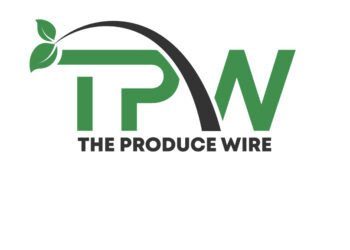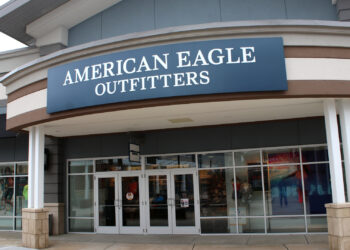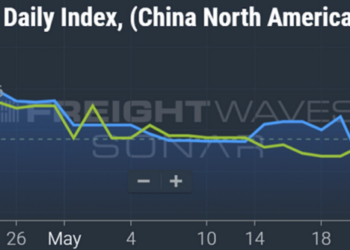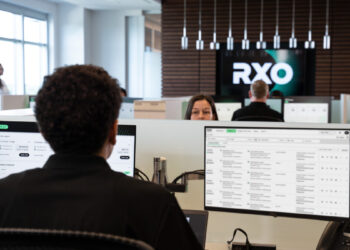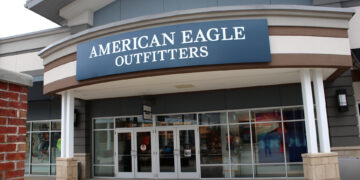The need for more investment in supply chains has been a common conversation in the C-suites of retailers, distributors and wholesalers for the better part of the last decade. As consumer brands advance their e-commerce ambitions, competitive and efficient home-delivery capabilities become a requirement.
Even with a step down in the macroenvironment, supply chain costs remain on the rise. Higher inventory carrying costs — the product of elevated labor costs, interest rates, warehousing rents as well as an overhang of unsold goods — have been some of the catalysts. Throw in record transportation and fuel costs throughout the COVID-19 pandemic and the expense line has jumped to new heights.
However, many companies are leaning into what others consider a pain point and cost center in efforts to win market share.
American Eagle Outfitters (NYSE: AEO) acquired the third-party fulfillment provider it was using, Quiet Logistics, in a $350 million deal in 2021. Operating as Quiet Platforms, the unit still provides service to numerous brands, including competitors to American Eagle. Gap Inc. (NYSE: GPS) put more than $100 million to work in its supply chain the same year, expanding fulfillment centers and layering in artificial intelligence and automation to improve speed and efficiency.
As companies look to improve delivery times to consumers, they also realize the competitive advantage supply chains can bring to the top line as they are often the only interaction brands have with customers.
“The customer is actually interfacing directly with the supply chain,” Bill Besselman, chief commercial officer at Quiet Platforms told FreightWaves. “The box that ends up at the door is actually the supply chain delivering it, not an associate at a retail store. It is now the only handshake with the brand for a lot of customers.”
The solution isn’t so easy for small and midsize brands, however, that don’t have the capital to construct a sophisticated supply chain. Middle market brands struggle to compete against large providers like Amazon (NASDAQ: AMZN) and Walmart (NYSE: WMT) that win out on unit economics, and true be told, boutique brands, which have less cost sensitivity to price points.
Quiet is providing scale to the middle market by aggregating brands on the same platform, having them essentially run their supply chains together. Its customers use standardized work flows and universal shipping labels to share a network of transportation capacity and warehouses. Quiet’s tech handles the decision-making process, finding the best delivery option and price.
“The consumer cares about the outcomes and the benefits to them,” Besselman said. “They don’t care if the guy has a brown shirt or purple shirt or green shirt or no shirt at all.”
He said sharing assets helps to alleviate inherent seasonality in most business models. Many of its warehouses service wholesalers, e-commerce sellers and retailers, all of which have different peak seasons. A shared-space concept, with a diverse customer mix, can produce much better site and labor utilization rates, which ultimately lead to reduced worker attrition rates as available hours don’t disappear for weeks at a time like they may at a site serving a single user.
“As soon as you create a portfolio of customers in that building, you find that you can fill the rest of the time and space and the building has a lot more capacity than you thought it had,” Besselman said.
The shared concept also means sharing the costs, essentially allowing brands to fractionally invest in tech. Warehouse automation results in four times the productivity when compared to a manual process of picking items off a warehouse shelf, according to contract logistics provider and warehouse operator GXO (NYSE: GXO). Lower unit costs and improved inventory efficiencies are also gained when tech is deployed to receive, sort and repackage items.
However, GXO believes only 5% of warehouses are automated across the industry.
Some of the largest transportation companies have also voiced their preference to work with shippers that invest in their supply chains. Truckload carrier Werner Enterprises (NASDAQ: WERN) for numerous quarters has highlighted the type of shipper it wants to partner with.
“We’re integrated in their entire supply chain,” said Chris Neil, Werner’s senior vice president of pricing and strategic planning, at a recent investor conference. We’ve aligned ourselves with customers who view the supply chain as a competitive advantage, versus those that view it more as a cost center. And so, I think our alignment with our customer base will be important as we work through what’s going to be a tougher environment.”
Supply chain participants are still navigating changing consumer habits and ultimately where they will serve their customers. Supply chains have evolved from large distribution centers being used to feed inventory to brick-and-mortar retail stores to include omnichannel solutions. The next step includes more function-specific warehousing sites being used to deploy inventories closer to the consumer.
“I think the playbooks frankly are still getting written,” Besselman said. “I don’t think there’s yet a best practice [on] how to operate in a world where a supply chain is no longer just a back office, cost-reduction function. I think people are trying to figure out what the role of a supply chain is in a more direct-to-consumer world.”
More from the Supply Chain Playbook
Why most of America’s 2 million long-haul truck drivers aren’t unionized
3 emerging FreightTech trends in 2023
How an aluminum parts auto supplier dealt with the pandemic
The post How companies are taking control of their supply chain costs appeared first on FreightWaves.


